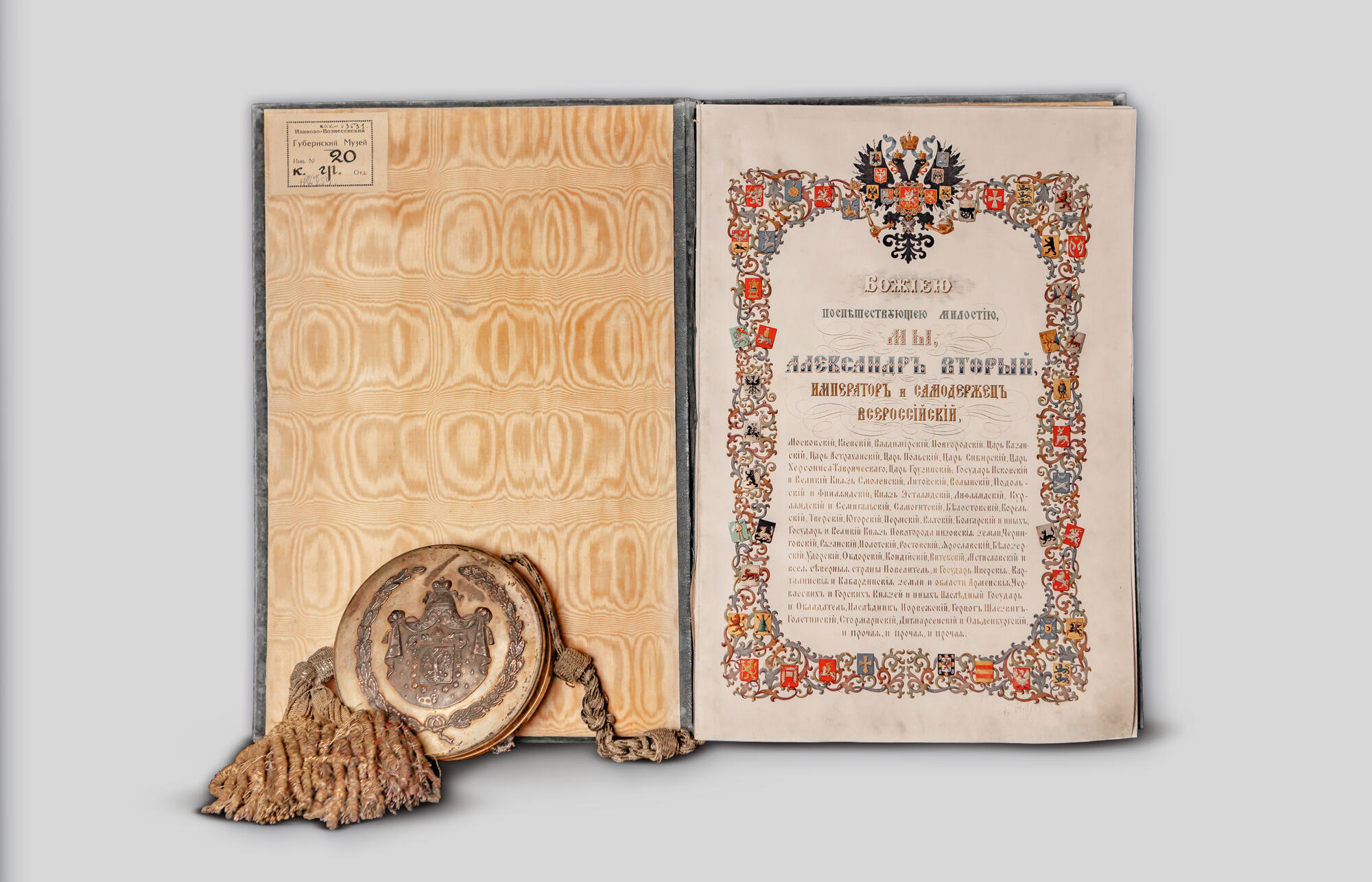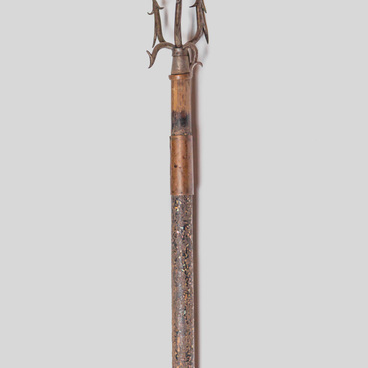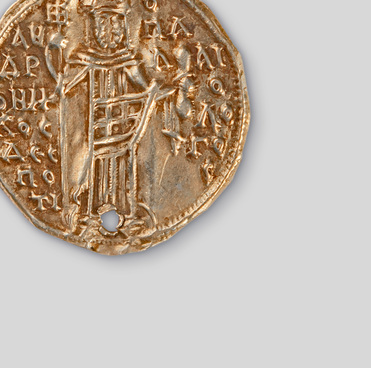The “Golden Room” of the Ivanovo Museum of Local History keeps the patent of Emperor Alexander II of 1875, granting hereditary nobility to Grigory Markianovich Permikin.
On January 24, 1722, Peter the Great introduced the “Table of Ranks of all positions in the military, government, and court of Imperial Russia”. The table divides each category of ranks into 14 grades. In the civil service, hereditary nobility was achieved with the rank of 8th class (collegiate assessor), from 1845 — from 5th class (State Councilor). An important legislative act, which established a set of class privileges, was the Charter to the Nobility approved by Catherine II in 1785. The document established the procedure for acquiring and proving the nobility status and the special rights and privileges of the class, including exemption from taxes, corporal punishment, and compulsory military service.
Unlike personal nobility, hereditary nobility was passed down from parents to children. If a family received a patent of nobility, it was possible to apply for its inclusion in governorate genealogical books. The Governing Senate considered proofs of nobility and affirmed rights to honorary titles, issued patents, diplomas and other documents certifying those rights, provided coats of arms and armorials of nobility, and supervised cases of promotion to civil ranks by virtue of long service.
The
patent of nobility displayed in the exhibition is enclosed in a velvet folder
and certified by the state seal in a silver case. The patent is handwritten on
sheets of parchment. The first page features the emperor’s title in full. The
document is certified by the personal signatures of Emperor Alexander II, the
Minister and the Secretary of the Governing Senate. On the back of the last
sheet, at the
bottom of the page, there is an inscription,


